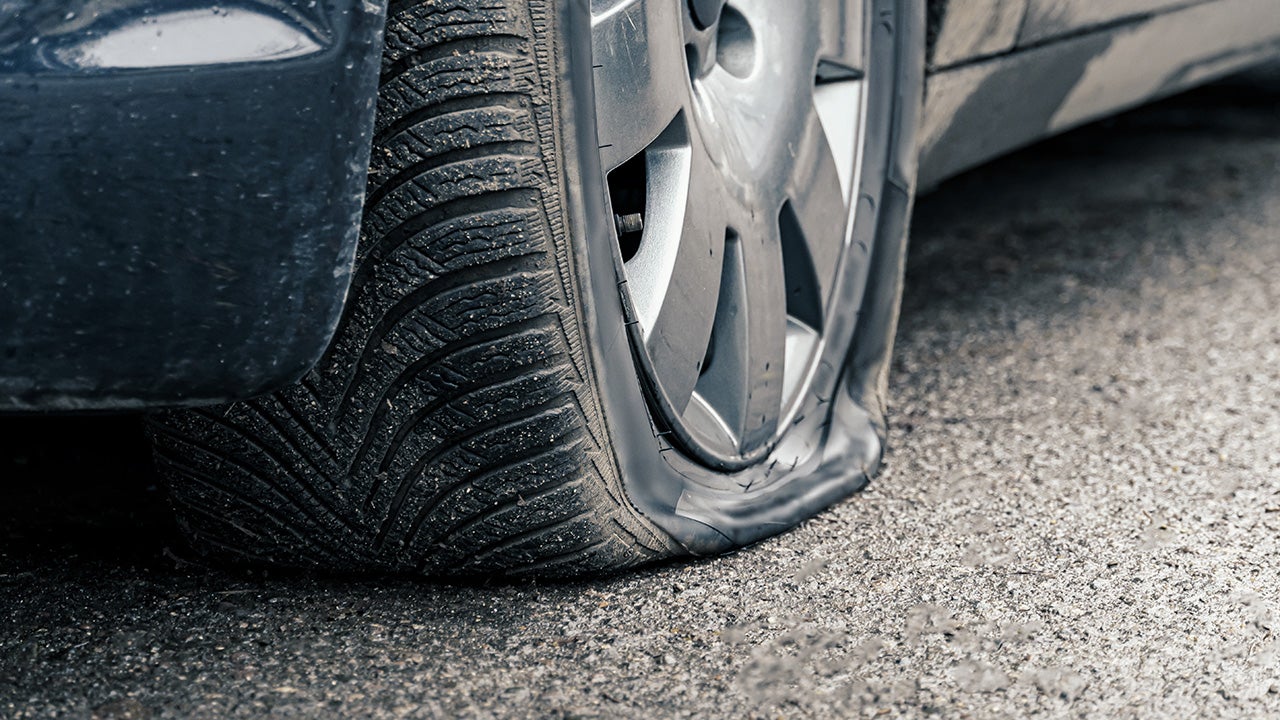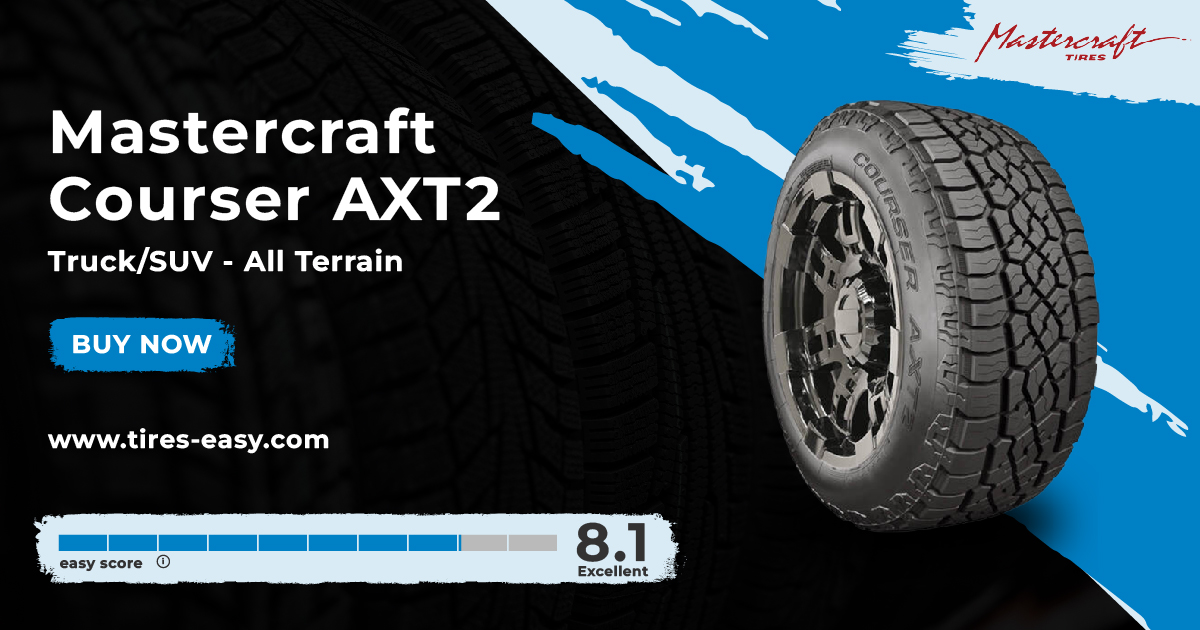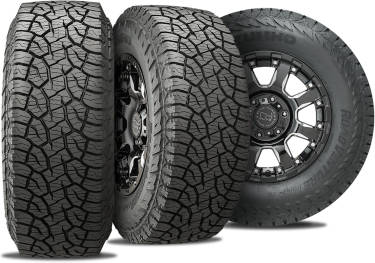All Categories
Featured
Table of Contents
The Michelin provided a comfortable driving experience, qualified by receptive steering and a dynamic understeer equilibrium. In spite of the cooler testing problems, Michelin's consistent time and grip over three laps indicates its viability for real-world applications. On the other hand, Yokohama's efficiency was unique. While its super-quick guiding caused a fast front axle turn, the back showed a propensity to swing a lot more.
The tyre's first lap was a 2nd slower than the second, pointing to a temperature-related grasp rise. For day-to-day usage, the Michelin might be a more secure wager.
Best Tyre Fitting Near Me
It shared Michelin's risk-free understeer equilibrium but did not have the latter's determination to transform. Continental and Goodyear's efficiencies were remarkable, with Continental's new PremiumContact 7 revealing a substantial improvement in damp problems compared to its predecessor, the PC6. This design was far much less sensitive to fill adjustments and acted similar to the Michelin, albeit with somewhat much less interaction at the limitation.
It incorporated the safe understeer balance of the Michelin and Continental with some flashy handling, confirming both foreseeable and quick. As an all-rounder for this Golf GTI, Goodyear's Crooked variety was the standout, demonstrating outstanding performance in the damp. Ultimately, the Bridgestone Potenza Sport took the crown as the fastest tyre, albeit by a little margin.
Vehicle drivers seeking an interesting wet drive could locate this tyre worth taking into consideration. The standout entertainer in wet braking was the latest tire on test, the PremiumContact 7, though the results are nuanced.
Reliable Wheel Alignment Services Near Me – Wanneroo 6065 WA
Ideally, we desired the cool temperature examination to be at around 5-7C, but logistical delays suggested we evaluated with a typical air temperature of 8C and water at 12C. While this was cooler than typical examination problems, it was still warmer than real-world problems. The warm temperature level examination was done at a standard of 18C air and 19C water.
The third run included wet stopping tests on worn tires, specifically those machined to 2mm with a small confrontation. While we meant to do more with these worn tires, climate restrictions restricted our screening. It's worth noting that damp stopping is most crucial at the worn state, as tyres usually enhance in dry problems as they wear.

Bridgestone, Goodyear, and Michelin saw the least efficiency reduction when used. The Hankook tire signed up the smallest efficiency drop as temperatures cooled down, however it was amongst the most affected when used.
Affordable Performance Tyres
The take-home message right here is that no single tyre succeeded in all aspects of damp braking, showing an intricate interaction of variables affecting tire performance under different conditions. There was a standout tire in aquaplaning, the Continental finished top in both straight and bent aquaplaning, with the Michelin and Goodyear also very excellent in deeper water.

Yokohama can profit from slightly even more grasp, a problem potentially affected by the colder conditions. As for managing, all tires performed within a 2% variety on the lap, demonstrating their top notch performance (Tyre deals). Thinking about these tires basically target the same consumer, it's intriguing to observe the significant differences in feel.
The surprise is since the PremiumContact 6 was one of my favourites for sporty completely dry drives, yet its follower, the PremiumContact 7, seems extra fully grown and resembles Michelin's efficiency. Amongst these, Hankook was the least exact in guiding and communication at the restriction. Tyre safety. Both Michelin and Continental offered lovely initial steering, albeit not the fastest
If I were to recommend a tire for a quick lap to a novice, claim my papa, it would certainly be just one of these. We have the 'fun' tires, namely Yokohama and Bridgestone. Both were swift to guide and really felt sportier than the others, yet the trade-off is a much more lively back side, making them extra difficult to handle.
Cheap Tyres Near Me
It provided similar steering to Bridgestone yet supplied far better comments at the limit and far better hold. The Bridgestone Potenza Sporting activity, nevertheless, seemed to weaken fairly rapidly after just three laps on this demanding circuit. There's Goodyear, which positioned itself someplace in between the fun tires and those tending in the direction of understeer.
All in all, these tires are excellent entertainers. In terms of tire wear, the method made use of in this examination is what the market refers to as the 'gold criterion' of wear.
Both the Bridgestone and Yokohama tyres dramatically underperformed in contrast to the various other 4 tyres in terms of rolling resistance, with Continental somewhat outmatching the remainder. Relating to the comfort level of the tyres, as prepared for, the majority of demonstrated an inverse correlation with handling. The Continental, Michelin, and Goodyear tires done finest throughout various surface kinds evaluated.

Bridgestone started to show indications of suppleness, while Yokohama was specifically rough over potholes. We did determine interior noise levels; nevertheless, as is frequently the instance, the outcomes were carefully matched, and as a result of weather restraints, we were not able to perform a subjective evaluation of the tyres noise. We looked at abrasion numbers, which determine the quantity of tyre tread lost per kilometre, normalised to a one-tonne car.
Tyre Replacement Near Me – Wangara
This figure represents the amount of rubber dirt your tyres produce while driving. Michelin led in this group, generating over 9% much less rubber particulate issue.
Latest Posts
Top Tyre Rotation Near Me – Bedford WA
Trusted Tyre Servicing
Reliable Tyre Offers – Middle Swan WA